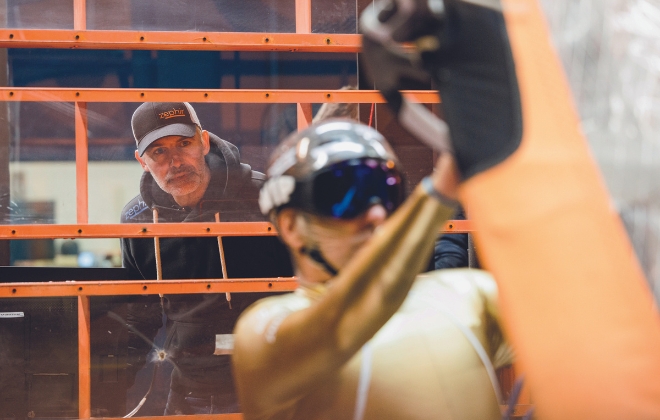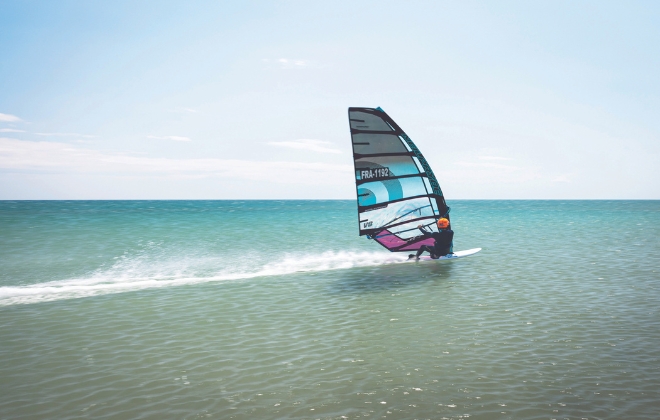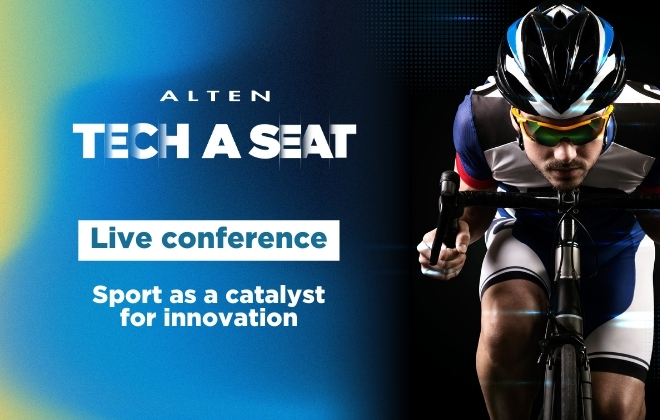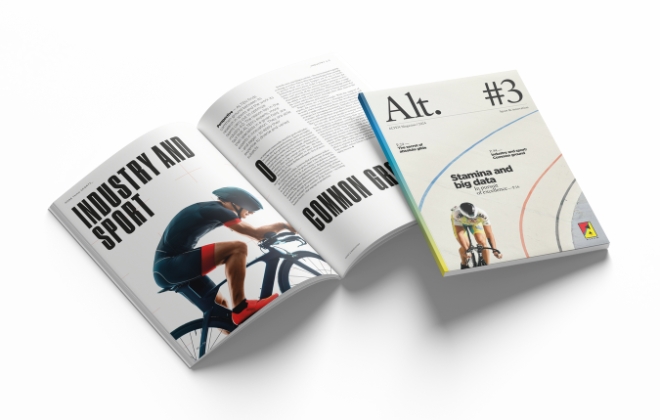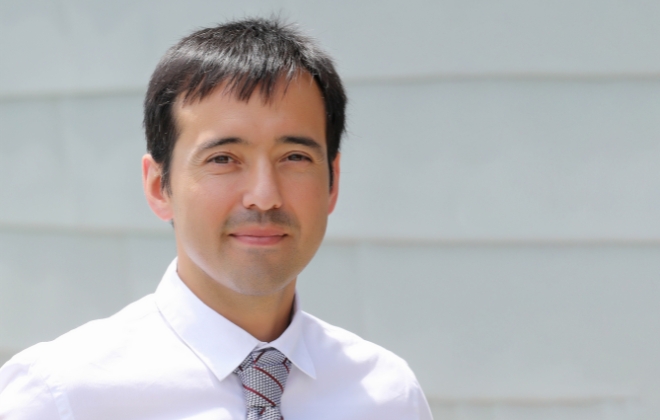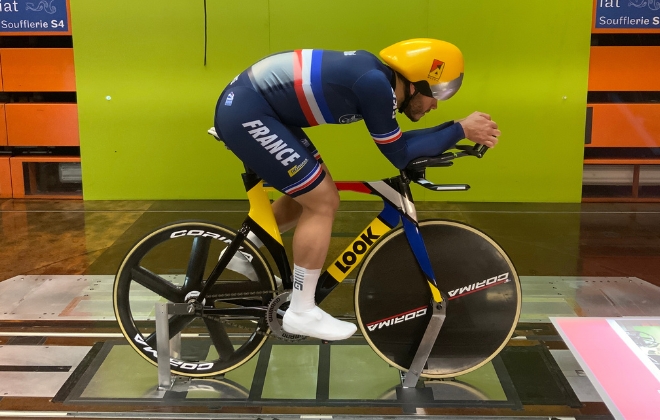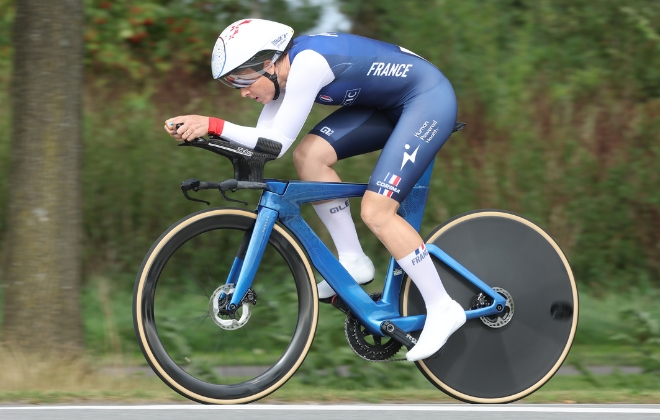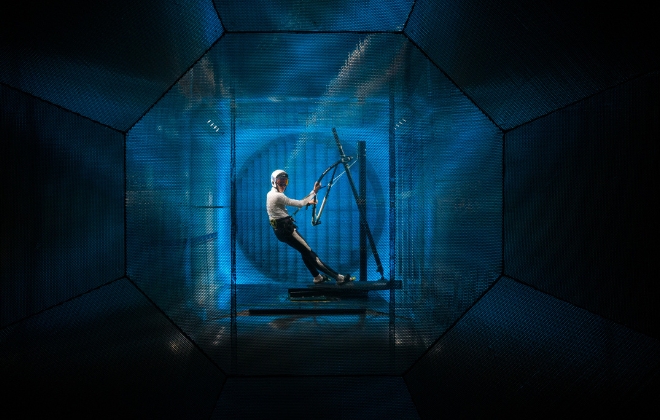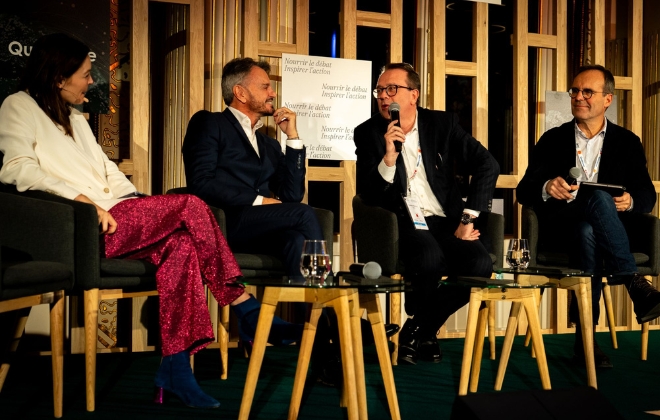Optimizing cycling performance: on the road to the 2024 Olympic Games
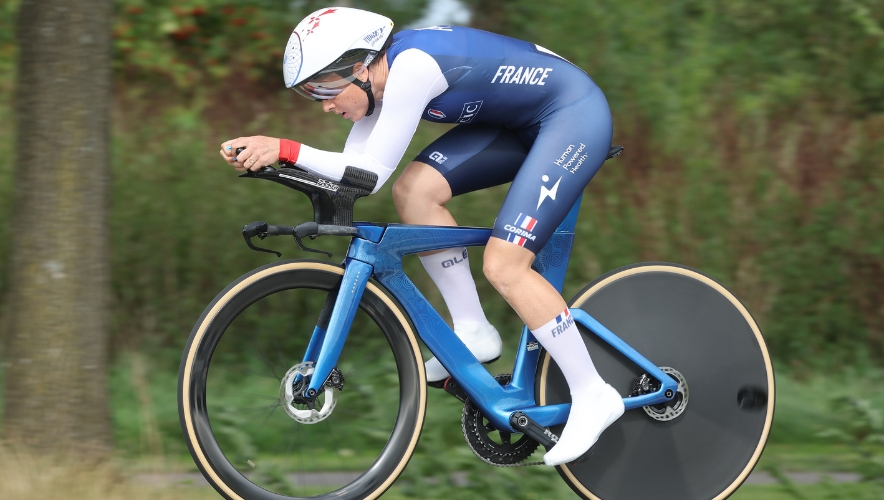
The French Cycling Federation (FFC), the National Center for Scientific Research (CNRS) and ALTEN Labs have set their sights on improving cyclists’ performance in preparation for important competitions, with the 2024 Olympic Games at the top of the list.
Time is of the essence for athletes competing in many sports, and cycling is no exception. A few seconds can mean the difference between a medal and a memory. Much depends, of course, on the athlete – on their training, stamina, determination and physique – but there are many additional factors that can give a cyclist the edge needed to come out on top.
ALTEN Labs’ researchers and the FFC have zeroed in on time-trial optimization, using approaches that are at the crossroads between physical modeling, big data and artificial intelligence. “We’re working with high-level athletes,” says Emmanuel Brunet, manager of performance research at the FFC. “Right now, our objective is to prepare for the games. We’re going after medals. We spend an enormous amount of energy trying to gain a thousandth of a second.”
Managing effort
“We ask ourselves two fundamental questions,” says Sebastien Ricciardi, Sports Science Projects Manager at ALTEN Labs: “What is the perfect effort management and what equipment should I choose?”
“It’s more or less the same technology I used when I worked on fleet optimization and scheduling in the aviation industry,” Sebastien continues. “Optimizing production in factories is also quite similar – you use the same methodologies.”
ALTEN’s team began by applying their knowledge of physics to build a model that offers a vision of the overall system. “Basically,” explains Sebastien, “it’s the cyclist plus the environment: the power on the pedals, the leg rotation speed, the wind, the slope. This is the core of what we do.”
Effort management is considered the heart of optimization. “Most cycling schools teach their trainees to be as regular as possible – they tell them that’s how they’ll do best. But this is only true if it’s flat and there’s no wind,” says Sebastien. “In other words, on a bike, never.”
Getting the variables down
To determine the best way to manage a course, Sebastien and his team first divide it into sections. They then analyze, in real time, the slope, the wind and other conditions to calculate the optimum amount of power the cyclist should apply in each segment of the course, under normal conditions. This is combined with the individual cyclist’s normalized power, weight, drag coefficient, and of course, the bicycle used.
On the day of the event, wind and weather are added to come up with the best formula for each segment. This information is used by the coach to determine the best gear ratio and the amount of effort required, which is then transmitted to the cyclist via headset.
These calculations, and their implementation, have helped French cyclists to move from the status of competitor to that of champion. One such example is Audrey Cordon-Ragot. The ALTEN team has been working with Audrey, the manager of the national team Paul Brousse, her performance manager Emmanuel Brunet, and several other team members for a few years now.
A matter of seconds
“The contribution of strategic optimization can be differentiating in certain cases,” says Antony Costes, Research and Development Project Manager at ALTEN. “It’s a matter of seconds, but those seconds make all the difference. In The Netherlands, in September 2022, not only did Audrey win – she won by a margin of 3 seconds over 2nd place, 10 seconds over 3rd and 13 seconds over 4th. In cycling, that’s huge. And that’s our added value.”
Training is a key part of the picture. “Knowing what is going to be asked in terms of effort enables the coach to build the training plan so that the athlete is better able to perform in each power zone,” says Sebastien. “It’s really very specific to a given course and a given athlete.”
Reco Human – another program developed by ALTEN Labs – uses machine learning processes applied in the field of computer vision. It allows researchers to study videos recorded during an event, analyzing the posture adopted by the cyclist and measuring its degradation during effort. They then create an algorithm to quantify the impact on speed, providing an accurate and complete analysis of the cyclist’s performance. Based on aerodynamic calibrations for each position, the researchers are able to assess and advise on how the posture could be improved. Feedback from the cyclist is also helpful in making corrections and adjustments.
A culture of perseverance
Emmanuel Brunet reflects on the work the partners are doing together: “The players in this collaboration are crossing science and sports, bringing to bear diverse engineering skills, exploring performance levers and their effect on pacing. This collaboration,” he continues, “may focus on one or two factors, but in the end it leads us to diversify skills and expertise. We’re at the heart of a culture of perseverance, of detail, of an obligation to quality and hard work. It’s an exceptional showcase, but it’s also a lever for motivating, managing and stimulating everyone involved.”











